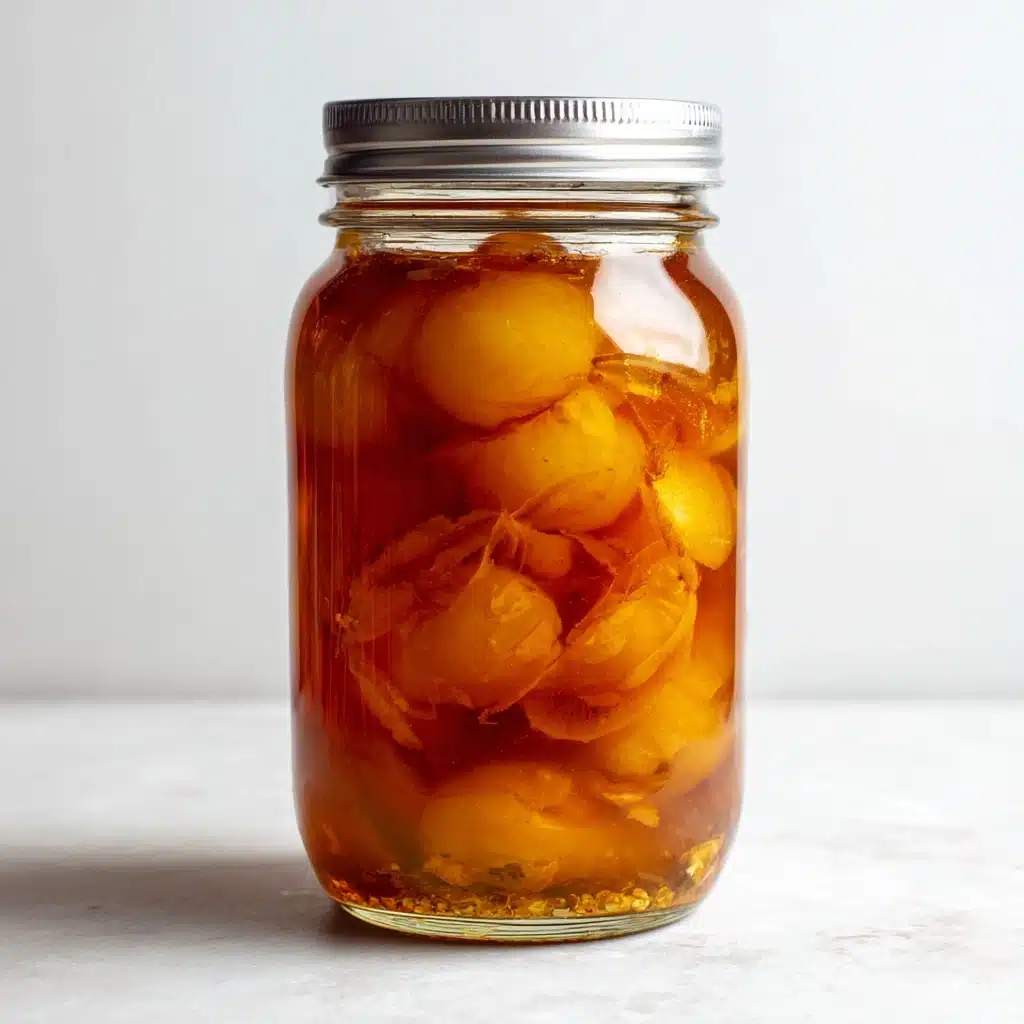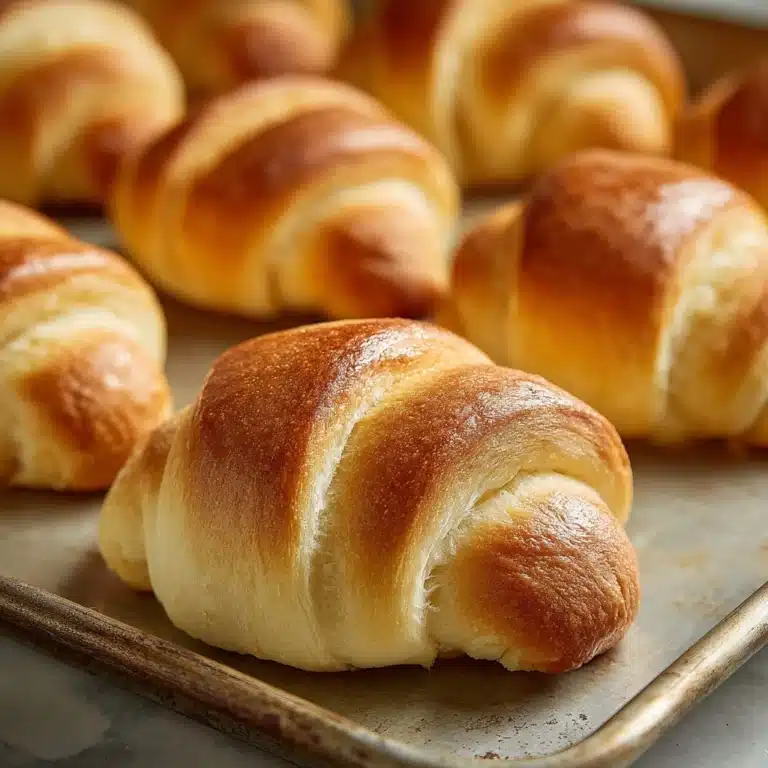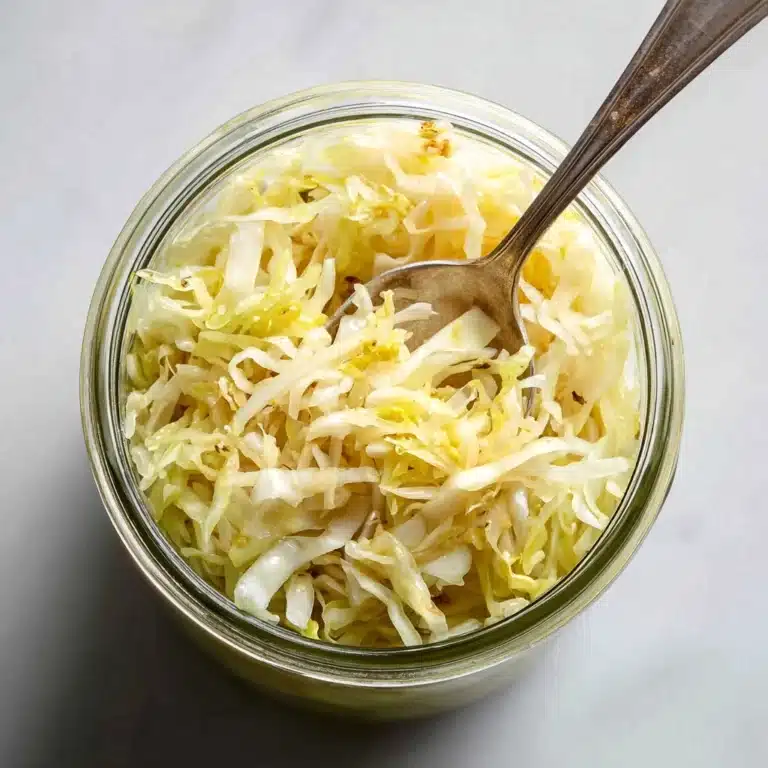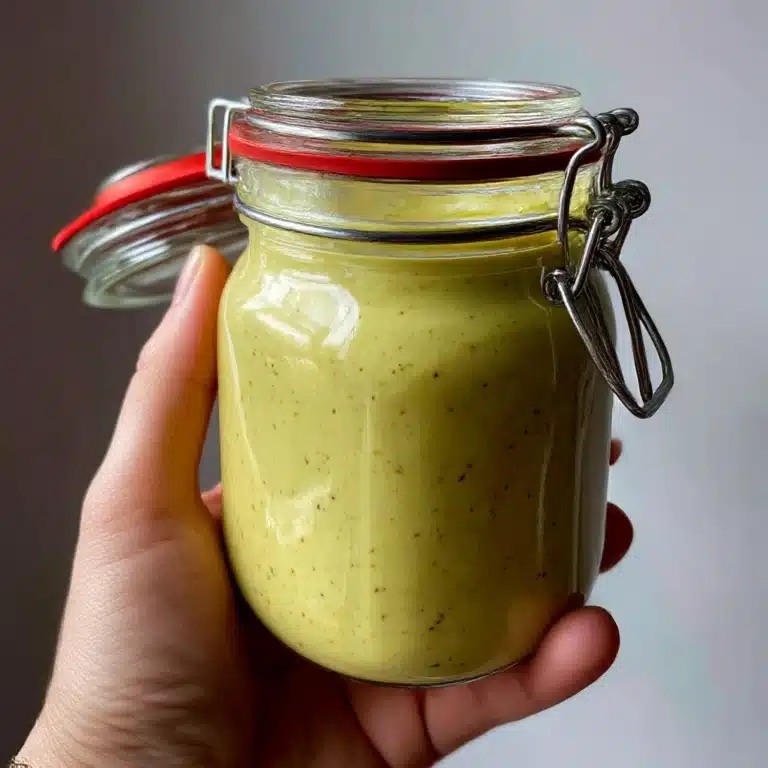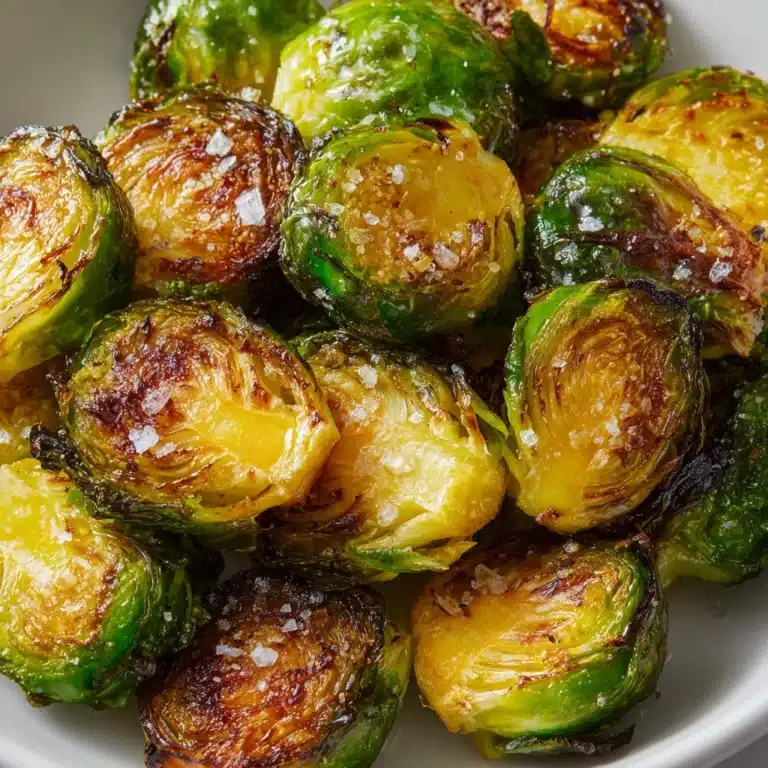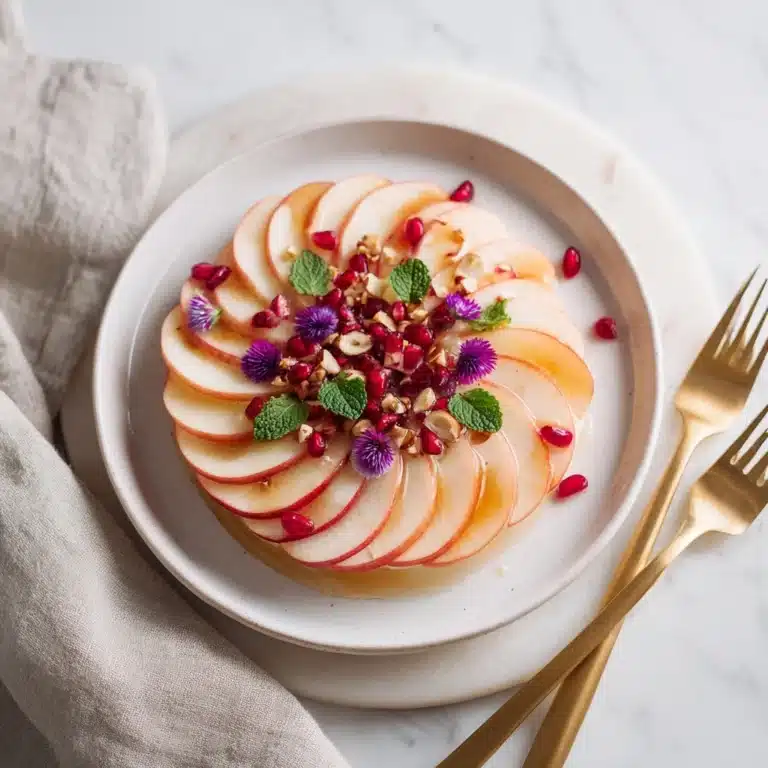There’s something almost magical about making your own bread, but when you let nature do the work with Wild Yeast (Yeast Water), it feels like you’ve unlocked a delicious secret. This naturally fermented starter harnesses the wild yeasts hiding on dried fruit, transforming simple ingredients into a bubbling, flavorful liquid that can raise bread with beautiful zestiness and character. Not only is it a celebration of old-world techniques, but it also opens doors to a world of flavor you simply can’t get from commercial yeast.
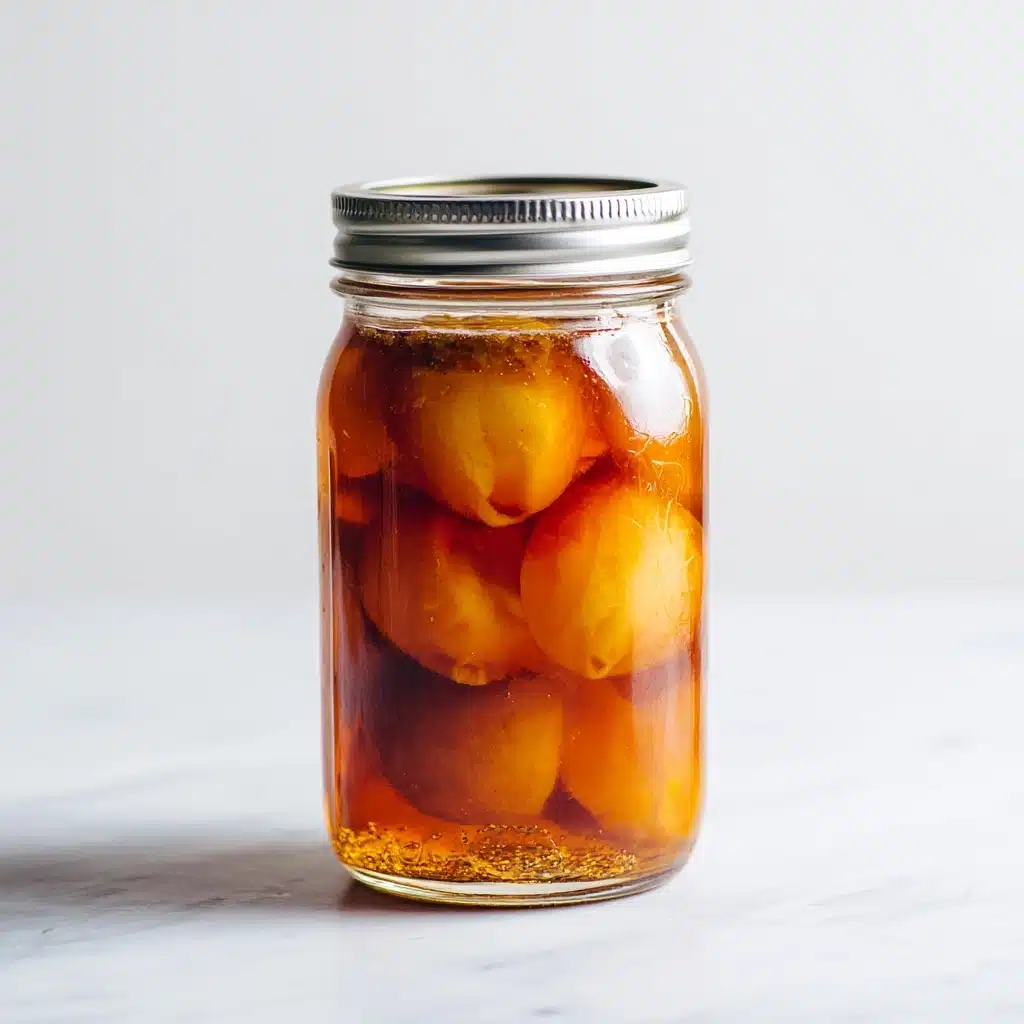
Ingredients You’ll Need
-
Dried Fruit:
1/4 cup unsulfured raisins, dates, or figs
Honey or Sugar:
1 teaspoon (optional)
Water:
1 cup filtered or dechlorinated water (room temperature)
Glass Jar:
1 clean glass jar with a loose-fitting lid
How to Make Wild Yeast (Yeast Water)
Step 1: Gather and Combine Ingredients
Place your dried fruit in a sparkling clean glass jar, then add your honey or sugar if you’re using it. Pour in that filtered water and stir gently—this encourages the dried fruit to start releasing all its natural sugars and hidden wild yeasts into the mix.
Step 2: Cover and Allow to Breathe
Seal the jar with a loose-fitting lid or a piece of cloth secured with a rubber band. You want air to sneak in (yeast needs it!), but you definitely don’t want any dust or curious fruit flies. Find a cozy spot out of direct sunlight, ideally at room temperature.
Step 3: Stir and Wait Patiently
Now comes the fun part—fermentation! Give your jar a gentle shake or stir once or twice a day. Over the next three to five days, you’ll spot bubbling action and perhaps a fruit or two floating. That’s the Wild Yeast (Yeast Water) waking up and getting to work.
Step 4: Test for Readiness
When you notice small bubbles and a pleasantly sweet, fruity, and lightly yeasty aroma, you’re nearly there! If it smells wrong or you spot mold, sadly, it’s best to start over. If not, congrats—your Wild Yeast (Yeast Water) is ready for action.
Step 5: Strain and Store
Strain out the spent fruit and transfer the liquid yeast water to a fresh clean jar. Store it in the fridge for up to two weeks, feeding it with fruity bits or sugar every now and then if you continue to use it. It’s now your bread-baking sidekick!
How to Serve Wild Yeast (Yeast Water)
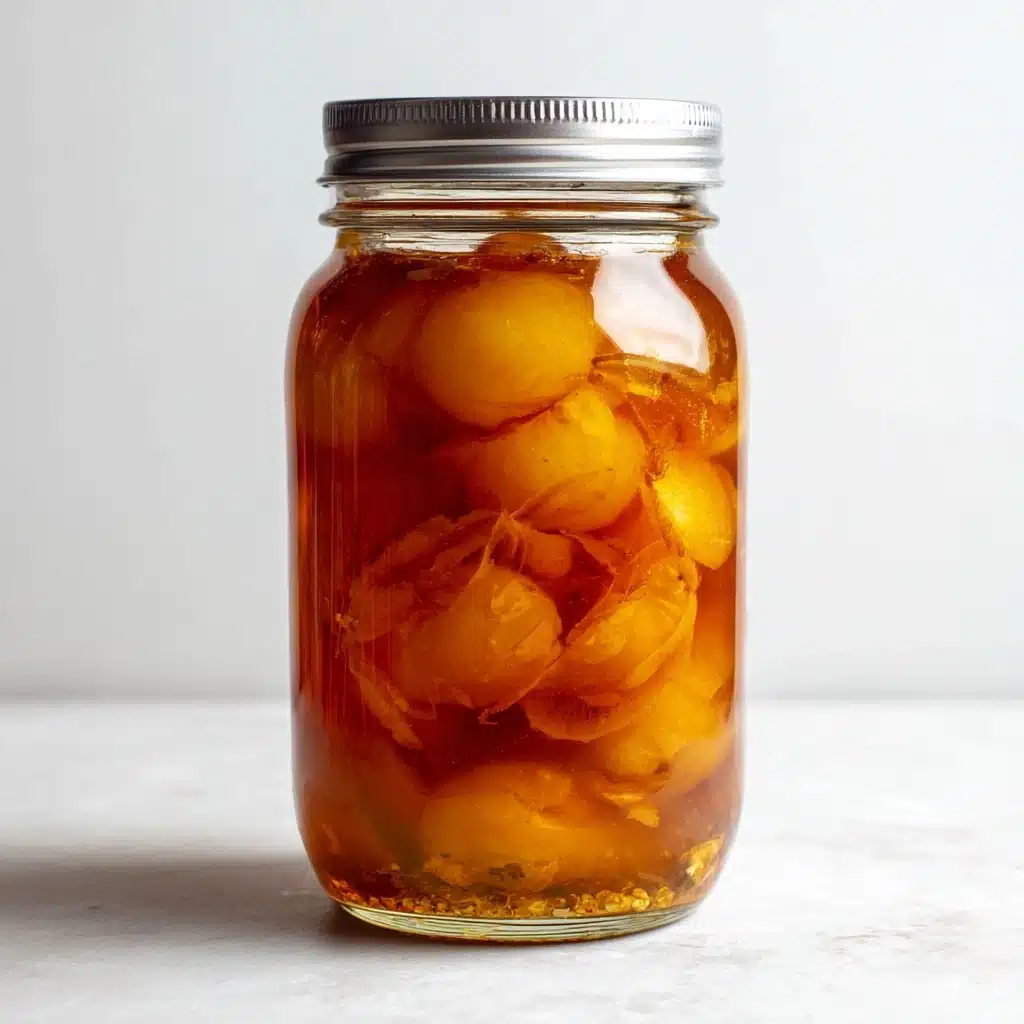
Garnishes
While Wild Yeast (Yeast Water) itself isn’t garnished, use it in doughs that shine with a final brush of olive oil, a sprinkle of seeds, or a dusting of flour. This highlights the rustic flavors coaxed out by your homemade leavening.
Side Dishes
Breads and bakes made with Wild Yeast (Yeast Water) love company—think salted butter, jams, fresh salads, or a hearty soup. The nuanced flavors in every loaf really make simple sides sing.
Creative Ways to Present
If you’re gifting a bottle of your active Wild Yeast (Yeast Water) starter to a fellow bread-lover, tie on a handwritten card with feed instructions. Or wow friends with a wild yeast bread basket at your next brunch, and share the starter’s story at the table!
Make Ahead and Storage
Storing Leftovers
After straining, your Wild Yeast (Yeast Water) will stay vibrant in the fridge for up to two weeks. Pop a lid on and keep it cool, feeding with fresh fruit or a pinch of sugar every several days if you bake often. When in doubt, check for off smells—fresh wild yeast should always smell pleasant and a little fruity.
Freezing
Technically, you can freeze small portions of active yeast water in ice cube trays, but it may lose some vigor when thawed. For best results, keep only what you need fresh and revive the starter with a new batch if you’ll be taking a long break from baking.
Reheating
No need to reheat! Just let your Wild Yeast (Yeast Water) come to room temperature before using in recipes to give those natural yeasts a little boost in activity.
FAQs
Can I use any dried fruit to make Wild Yeast (Yeast Water)?
Most dried fruits work well, but always choose unsulfured and preferably organic varieties, as sulfites and additives can hinder fermentation. Raisins, figs, and dates are stars because they’re loaded with wild yeast-friendly sugars.
How do I know if my Wild Yeast (Yeast Water) is ready?
You’ll see small bubbles rising and smell a sweet, lightly alcoholic or yeasty aroma—never unpleasant or moldy. If it’s bubbly and the fruit floats, those are good signs that it’s ready to use.
Can I refresh my Wild Yeast (Yeast Water) instead of making a new batch?
Absolutely! Just add a teaspoon of sugar or a couple more pieces of dried fruit, let it sit at room temperature for a few hours, and watch it come alive again. It’s like a sourdough starter in liquid form—feed it, and it thrives.
What if my Wild Yeast (Yeast Water) smells bad or grows mold?
Bad smells (rotten, putrid, or very sour) or visible mold mean it’s time to say goodbye and start fresh. Always use squeaky-clean jars and quality ingredients for safety and best results.
What are some breads I can make with Wild Yeast (Yeast Water)?
You can use it for almost any bread recipe that calls for a starter—think rustic boules, focaccia, sandwich loaves, and even pancakes or waffles. Replace the liquid and yeast portions in recipes for a natural leavening boost.
Final Thoughts
Making Wild Yeast (Yeast Water) is a simple, fascinating process that brings a little everyday wonder into your kitchen. Letting nature work its quiet magic here is deeply rewarding—so give it a try, and may your bread bake up full of character and flavor!
Print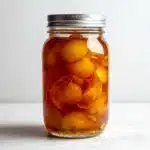
Wild Yeast (Yeast Water) Recipe
- Total Time: 5 minutes (plus 3-5 days fermentation)
- Yield: 1 cup
- Diet: Vegan
Description
Learn how to make wild yeast water, a natural leavening agent perfect for sourdough starters or bread recipes. This DIY yeast water is easy to prepare and adds a unique flavor profile to your baking.
Ingredients
Dried Fruit:
1/4 cup unsulfured raisins, dates, or figs
Honey or Sugar:
1 teaspoon (optional)
Water:
1 cup filtered or dechlorinated water (room temperature)
Glass Jar:
1 clean glass jar with a loose-fitting lid
Instructions
- Prepare the Yeast Water: Place dried fruit in a clean glass jar. Add honey or sugar, pour in water, and stir.
- Fermentation: Cover the jar with a loose-fitting lid or cloth. Allow it to sit at room temperature, shaking/stirring daily for 3-5 days.
- Strain and Store: Once it smells sweet and yeasty, strain out the fruit and refrigerate the yeast water.
- Feeding: Regularly feed the yeast water with sugar or fruit if using continuously.
Notes
- Use in place of commercial yeast for a unique flavor in baking.
- Use organic dried fruits and non-chlorinated water for a healthy culture.
- Discard if moldy or foul-smelling.
- Prep Time: 5 minutes
- Cook Time: 0 minutes
- Category: Fermentation
- Method: No-Cook
- Cuisine: Traditional
Nutrition
- Serving Size: 1 tablespoon
- Calories: 5
- Sugar: 1g
- Sodium: 0mg
- Fat: 0g
- Saturated Fat: 0g
- Unsaturated Fat: 0g
- Trans Fat: 0g
- Carbohydrates: 1g
- Fiber: 0g
- Protein: 0g
- Cholesterol: 0mg
